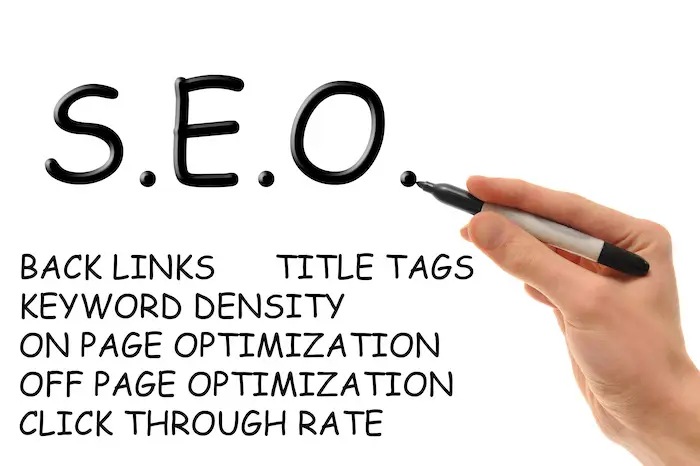Search engine optimization (SEO) is a vital part of digital marketing that can help businesses increase their online visibility and drive more traffic to their website.
However, for beginners, SEO can seem overwhelming and complicated and that’s true, it can be. There are a lot of technical elements that have a big impact on SEO and as someone that has spent 16 years learning all about it, it’s not something you can be expert in overnight.
Having said that, I appreciate that there are businesses out there that do not have the budget to work with an Agency like ours and I also appreciate that they will want to do their best online to help them grow.
That’s why we have identified some tasks that SEO beginners can do to help better optimize their website, gain more traffic and ultimately more sales.
So, let’s start at the start…
What is SEO?
SEO is the practice of optimizing your website and content to rank higher in search engine results pages (SERPs). By optimizing your website, you can improve your visibility and attract more traffic to your site. But not just more traffic, the right kind of traffic. It’s all a numbers game like anything sales related and so if you can get your business in front of more of your target audience then you are likely to see an increase in sales.
SEO is divided into two main categories: on-page and off-page optimization.
On-Page Optimization
On-page optimization involves working on the content on your website to make it more search engine friendly. Here are some on-page optimization techniques:
- Keyword Research: Identify the keywords your audience is using to search for your products or services and use them in your content. Longer term keyphrases of 3 or more words are much easier to rank for and will often have a higher conversion rate, purely because they are more specific. So start there, but remember to keep your users at the heart of everything you do, we aren’t advocating keyword stuffing here.
- Title Tags: Create unique and descriptive title tags for each page on your website. These are there to describe what the page is about, using your keywords or semantics here can help that page to rank more highly.
- Meta Descriptions: Write compelling meta descriptions that accurately describe your content and encourage users to click through to your website. Whilst they aren’t a ranking factor per se, they are often the first time a potential customers comes into contact with your business.
- Header Tags: Use header tags (H1, H2, H3) to organize your content and make it more readable. Sectioning out long pages of text can make it seem less overwhelming and your readers can scroll to those sections of the page that are of the most interest to them.
- Image Optimization: Optimize your images by compressing them, adding alt text, and using descriptive file names. Having big images can slow your website down considerably and slow loading websites mean that often your potential customers won’t stick around. Use your images to break up the page and add context to the text.
Off-Page Optimization
Off-page optimization involves improving your website’s reputation and authority through external factors. Here are some off-page optimization techniques:
- Backlinks: Get high-quality backlinks from reputable websites in your industry to improve your website’s authority and search engine rankings. This can be difficult, especially as a new website with little authority. Personal outreach to your suppliers, customers and other business contacts can be a good place to start, but don’t adopt a recipricol linking strategy as this can do more harm than good.
- Social Media: Use social media platforms to promote your content and engage with your audience. Remember to ask questions and have conversations with your audience, it’s not there to simply broadcast your sales messages.
- Online Directories: List your business in online directories to improve your visibility and attract more traffic to your website. Find highly respected directories as well as industry specific ones, but never pay unless they can prove results.
- Local SEO: Optimize your website for local search by adding location-specific keywords, creating local content, and optimizing your Google My Business listing. If you service a specific geographical location then you should be putting all of your initial focus here, you will reap the results much more quickly.
SEO is an ongoing process that requires patience and dedication. By implementing these basic SEO techniques, you can start improving your website’s visibility and driving more traffic to your site.
If you would like a more detailed look at the basics of SEO you can download our free SEO Starter guide here.


